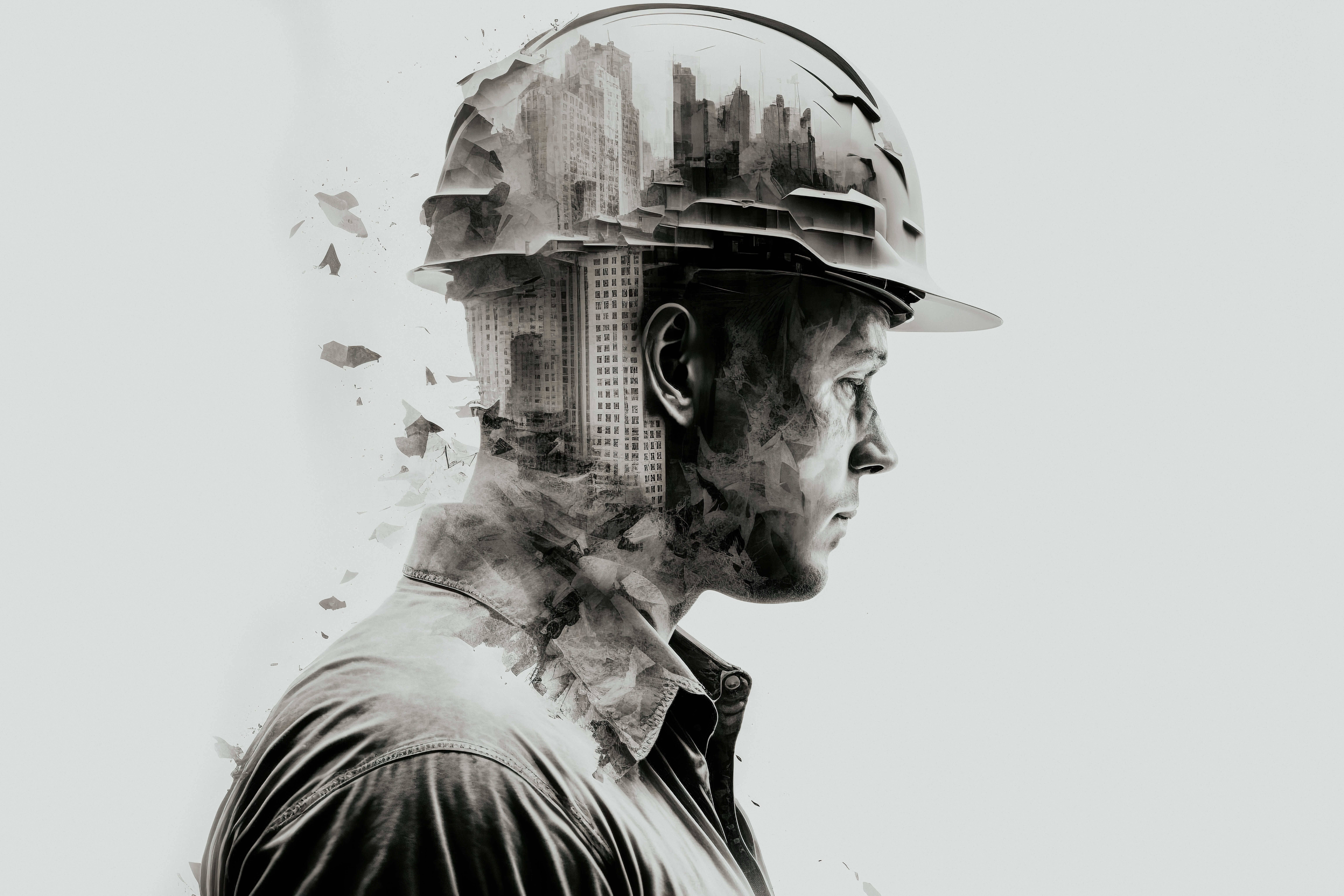INSIDER TIPS: TOP FEATURES FOR SAFETY HELMETS

Safety is a high priority these days. What better way to guarantee safety than with a sturdy safety helmet.
Come and explore the advice to help ease your selection and give some reassurance on what to buy for your personal safety requirements.
Let's go ahead and dive in.
The Importance Of Safety Helmets
Hard Hats are a piece of clothing that safe guards the wearers from hazards and essentially protects the head.
Regardless the industry you're working in a safety helmet makes all the difference, protecting you from falling objects, electric shocks and debris.
A safety helmet makes all the difference in preventing serious injuries.
Features To Look For In A Safety Helmet
when choosing a safety helmet, key features such as material, comfort, adjustability and certifications should be considered.
The helmet must be constructed of durable material, suitable for long-lasting comfort with breathable padding, adjustable straps and a secure fit.
Keep an eye out for helmets approved by a well known organisation such as EN, ANSI or IS. These organisations tend to adhere to rigorous safety standards.
Types Of Hard Hats
- Type 1
Designed to shield the user from impact of a falling object.
Commonly used within construction and elevated locations.
- Type 2
Designed for protection against falling objects, yet protect from lateral impact.
Classes Of Hard Hats
- Class G
GENERAL HARD HATS
Known as general hard hats due to the level of protection, which is sufficient for most jobs.
Provide protection up to 2200 volts.
- Class E
ELECTRICAL HARD HATS
Offer a higher protection rate. Commonly used by electricians, linemen, anyone working in a high-voltage environment.
Provide protection up to 20,000 volts
- Class C
CONDUCTIVE HARD HATS
As these are conductive, suggested use for places where no electrical hazards available. Outdoor work where there are no power lines is suggested.
Do not provide electrical insulation.
How To Maintain Your Safety Helmet
The lifespan of your safety helmet depends on the maintenance kept.
Regularly wash your helmet with just simple soap and water and inspect for any damage before each use.
Replace the helmet immediately at any signs of impact, even if no damage is apparent.
Always follow the manufacturers recommended replacement plan, which is normally every 3-5 years.
Conclusion
When choosing a safety helmet, remember to consider the key features such as, material, comfort, adjustability and certifications.
The proper care and maintenance can extend your helmet life and ensure that protection you need most.




